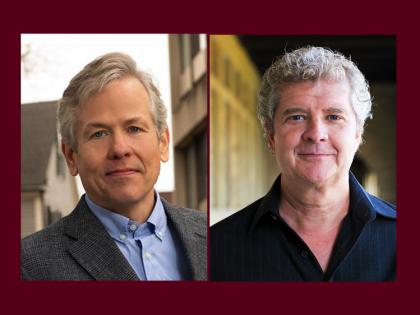The Broad Institute of MIT and Harvard often grabs headlines for its discoveries about the genetics underlying such diseases as cancer, heart problems, autism, and diabetes. But alongside this high-profile medical research, the institute also funds a team that is working steadily to sequence the genomes of mammals large and small, from the African elephant to the tree shrew. “It’s very easy to think that [this project] doesn’t matter because it’s not purely biomedical,” says Kerstin Lindblad-Toh, who leads the Mammalian Genome Project. In fact, she explains, the genomes of other animals hold a wealth of information about how our own evolved.
The Broad team was first to sequence the genome of a marsupial: the short-tailed opossum, Monodelphis domestica (the findings were detailed last year in Nature). Marsupial babies, unlike the young of placental mammals, develop primarily in a maternal pouch, rather than in a womb. The DNA of this small mammal has given scientists a window into evolutionary history since the time, around 180 million years ago, when placental mammals split from marsupials—and has provided a surprising new view of the role of so-called junk DNA in evolution.
Lindblad-Toh explains that just 5 percent of the DNA in mammalian genomes is thought to be functional, and of that fraction, less than half actually serves as a blueprint to make proteins. The rest of the 5 percent consists of regulatory elements: DNA sequences that turn genes on and off. That appeared to leave the vast majority of the genome as junk DNA, with no known function. Now the comparative biology made possible by the opossum genome sequence suggests otherwise.
To compare genomes of human beings and other mammals, scientists rely on an ancient common ancestor as a reference point—and previously, our nearest sequenced ancestral relative was the chicken. Tarjei Mikkelsen, a graduate student at the Broad and the paper’s first author, notes that it’s difficult to compare genomes of mammals with those of birds or reptiles: the sequences have changed so much that similar areas of the genome are unrecognizable. Marsupials, on the other hand, fill a gap in the evolutionary tree. “What the opossum genome allowed,” he says, “was a look at a midpoint” between mammals and their more distant ancestors.
The genes of marsupial and placental mammals turn out to be surprisingly similar. Most of the evolutionary changes that have occurred between the two groups are found in the regulatory sequences. In fact, 20 percent of the regulatory elements in the genomes of placental mammals are recent innovations that took place after the split from marsupials.
Even more surprising is the source of this novelty. Many of the changes in regulatory controls seem to have their origin in repetitive sequences of junk DNA. Lindblad-Toh explains that most junk DNA is composed of “transposons,” small pieces of DNA that can move from place to place and propagate themselves inside the genome, similar to the way that a virus or parasite behaves. The study suggests that this seemingly selfish behavior might actually have an important function in the genome, because when transposons move or copy themselves, they introduce new variations that may be beneficial to their host. “It’s a bit of symbiosis,” she suggests. “[Transposons] are allowed to move around and propagate,” while their host gains an engine of innovation that may help it evolve.
Mikkelsen says that junk DNA might be less a wasteland and more like a junkyard of old parts: DNA sequences that can be reused and recycled to generate innovation. In this sense, the sequencing of the genome is broadening scientists’ entire view of what genetic material is and how it functions—revealing a much more complex and scientifically interesting view of DNA, genes, and cell regulation than prevailed only a few years ago. In Mikkelsen’s words, “Junk DNA seems to be a very good substrate for creating new things.”








